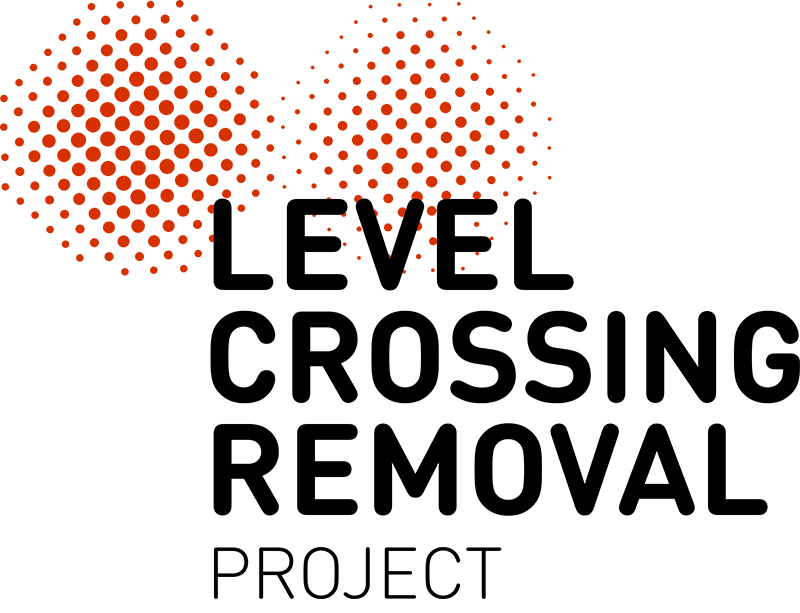
The Reservoir team has achieved a Level Crossing Removal Project first, using the innovative ‘monopiling’ technique to lay the foundations of the new rail bridge.
Last week, work crews at the Reservoir level crossing finished building the bridge foundations that employed the monopiling approach.
Traditional rail bridge foundations consist of a cluster of smaller diameter piles below ground topped with a large concrete ‘pile cap’ to support each bridge column.
At Reservoir, monopiling means most of the bridge’s columns are supported by only one pile with no need for a pile cap. Each monopile is 2.1m in diameter – roughly twice the diameter of a standard pile – and drilled to a depth of up to 28m below the ground.
Monopiling is ideal for Reservoir’s soil and rock material and low groundwater table. Removing the pile cap from the process also allows for a minor reduction in time and labour. As the piling concludes, the rest of the bridge and elevated station structure will take shape above ground for everyone to see.
The first of 32 piers are now sprouting atop the foundations. These will support the main bridge structure and the new Reservoir Station.
This graphic below shows what you’ll see as construction on the new rail bridge and Reservoir Station continues.
While all of this work is happening, there are changes to the way you travel and we ask you to continue to keep an eye out for those detours and all of the work happening.
Reservoir Station will temporarily close and buses replace trains on the Mernda Line at various times in July and August.
In the meantime, watch our video that explains the monopiling process below.